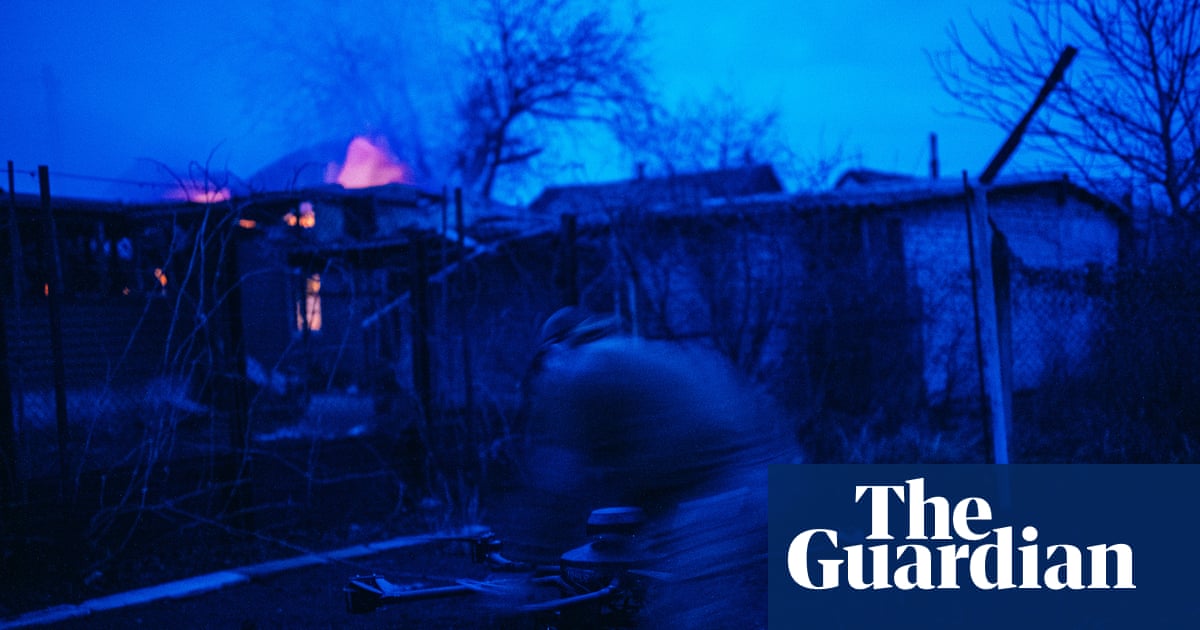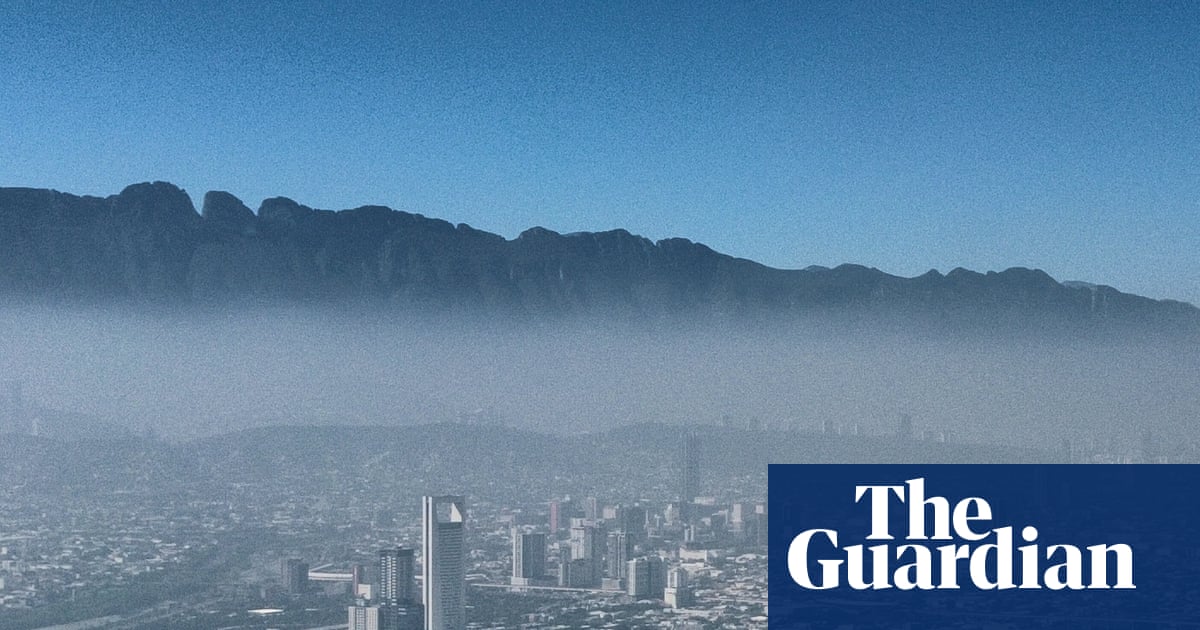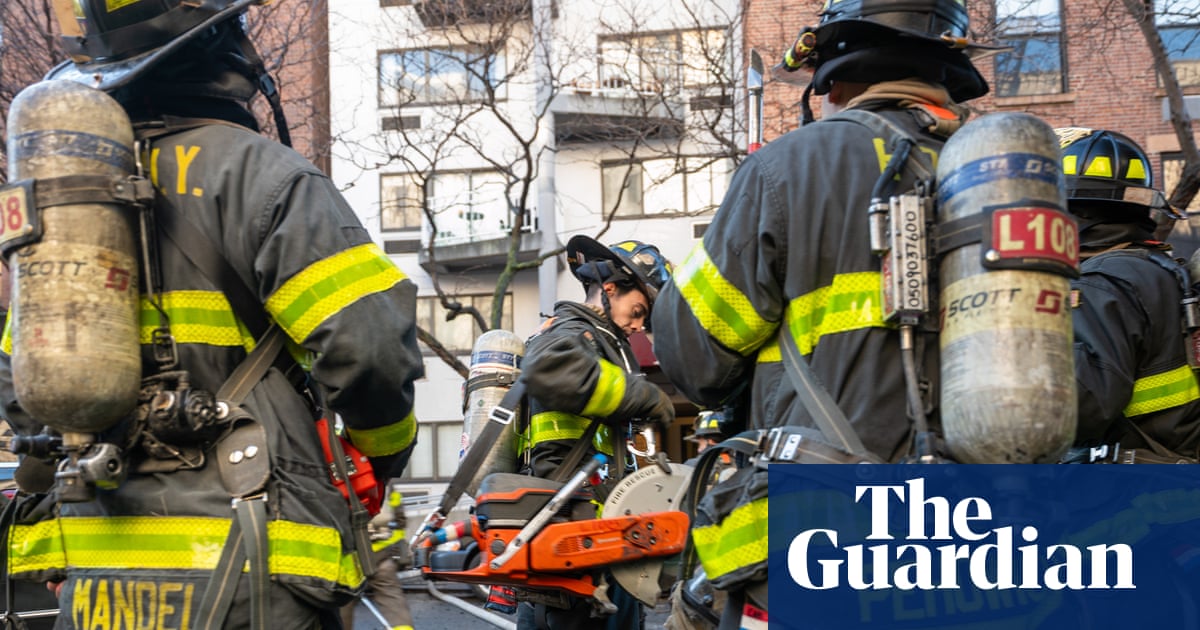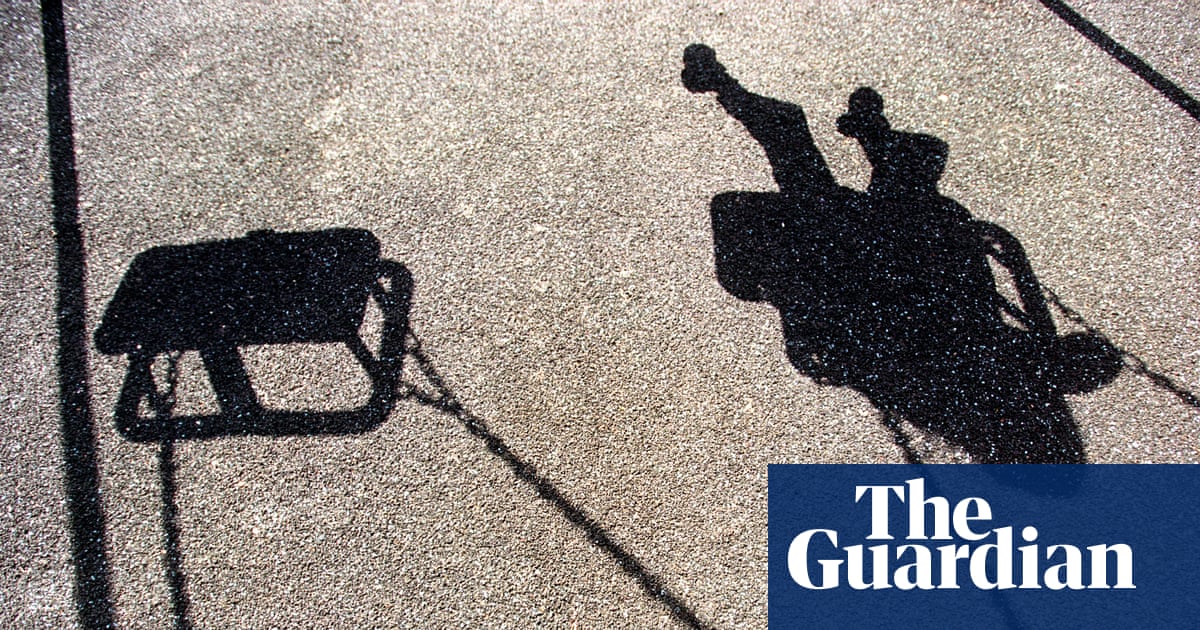On a sweltering afternoon in Head Muhammad Wala, a riverside village near the Pakistani city of Multan, Rubina Nawaz is nursing a sick child in a temporary home of damp blankets and plastic sheeting.
Her two-room house disappeared under flood waters in September when the Chenab River burst its banks in the torrential rains that have been deluging parts of Pakistan since late June. More than 6 million people have been affected, with nearly 1,000 killed, including 250 children, according to the UN. Nearly 2.5 million people have been displaced.
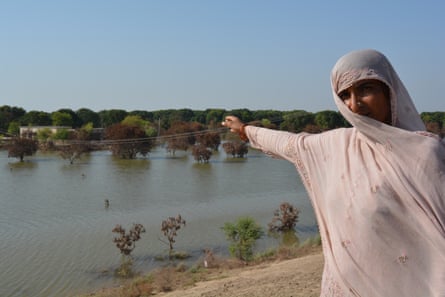
Nawaz was asleep, alone with her three children as her husband was working away in the city, when the water started coming in to their house.
“I rushed outside and then, when the water reached six feet, climbed on to the roof with my children,” Nawaz says.
“That night and the following morning, we had nothing to eat. While on the rooftop, my little boy kept asking when we could go home downstairs, but our home was already submerged. The water had nearly reached the roof when rescue teams finally arrived the next afternoon to take us to the camps by boat, and it reached a maximum of 22 feet,” says Nawaz.
Her youngest daughter, Aneesa, nine, now has symptoms that suggest she may have severe cholera.
Most flood-affected people were accommodated in temporary camps hastily erected by the government. A lucky few have been able to stay with relatives or been taken in by host families in safer areas.
But even as the water levels have receded, stagnant standing water and sewage contamination is proving a threat to those living in the camps where they have only basic cooking facilities and sanitation and limited access to clean drinking water.
While there are no official figures for cholera in the region, doctors at public and private hospitals in Multan report a doubling of cholera and malaria cases since the floods. Gastrointestinal issues are also increasing, leading to overcrowded emergency wards.
“There has been a surge in cases of cholera, diarrhoea, malaria and dengue, primarily among patients seeking treatment coming from the flood-affected camps. I was normally treating 40 to 50 patients daily, but now there are nearly 100 patients coming for gastro-related issues and treatment,” a doctor says on the condition of anonymity.
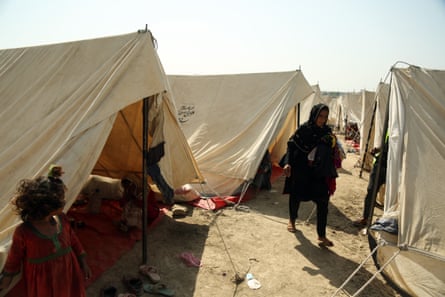
The Multan area has a population of about 5 million and covers 3,720 sq km. Initial estimates indicate that the floods caused damage to up to 15% of homes.
“The relief camps across Multan have facilitated 56,415 people,” a government official at the office of Additional Chief Secretary South Punjab says. “Six fixed medical clinics are working, while 28 clinics are on wheels.”
But none of those the Guardian spoke to in three of the displacement camps had any access to medical facilities or had seen a doctor or nurse.
According to the World Health Organization (WHO), vector-borne diseases, primarily malaria, surged by 87% between June and August 2025, while cholera, along with eye infections and skin allergies, was on the rise in Pakistan after the floods although no immediate data was available.
“When people are displaced and forced to rely on unfamiliar water sources, the likelihood of encountering contaminated water increases. Displaced people might turn to drinking from rivers or other unsafe water sources, increasing their risk of infection,” says Dr Qaiser Sajjad of the Pakistan Medical Association.

People in the displacement camps complain of a lack of safe, private latrines or bathing facilities for women. Menstrual hygiene products are unavailable and the conditions leave women and girls vulnerable to harassment and sexual violence.
Sumera Bibi, 25, says women feel afraid. She is battling a fever and skin allergies and says she has received no medical care.
“We need proper medical attention, and the presence of a doctor is essential. We feel unsafe here in the camps,” she says.
“We are helpless; we have no adequate place to cook and live, we have lost everything – our crops, our homes and our belongings. Outbreaks of diseases are already increasing, and everyone is suffering.”
As children splash in puddles and float plastic bottles on the stagnant pools, the exhaustion is visible on her face.

 2 months ago
57
2 months ago
57

